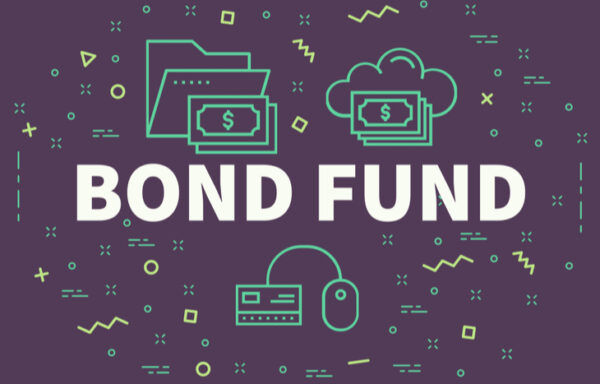Distressed Debt Investing
The bond market is roughly two times the size of the stock market. Stocks get most of the attention but big money is in bonds. And when it comes to distressed debt investing, there are some great value opportunities.
When investing in distressed debt, it takes some skill to separate the wheat from the chafe. It isn’t for the faint of heart. You have to sort through many companies – and sometimes countries – going through tough times.
But before I get too ahead of myself, let’s first take a look at what makes debt distressed. Then from there, we’ll dive into some strategies and different ways to invest.

What Is Distressed Debt Investing?
Debt is money loaned out to borrowers with the promise to repay. For example, a new company might borrow $100 million to scale its first product. Then depending on the loan details, the company will pay it back plus interest in the following years.
Although, if this company doesn’t scale as expected, it might not be able to pay back the loan. For example, it might have overlooked some regulatory issues. No matter the case, if sales and profits don’t follow, the company is less likely to be able to pay back the loan. And this is when the debt can become distressed.
Investing in Debt and Credit Ratings
The investors that initially lent $100 million consider it an asset. Although, as the probability of repayment decreases, that asset is worth less. And like any asset, you can trade it with other investors.
With large companies, you’ll often find that their debt trades on secondary markets. Because it’s an asset, one investor might be willing to buy it from another.
But as mentioned… when the underlying companies struggle, the value of the existing debt drops. Investors are unwilling to pay the full amount for a loan if there’s a higher chance the borrower won’t be able to pay it all back.
To determine the chance of a default – a company missing its loan payments –, you can look at credit ratings. There are three top rating agencies: Standard & Poor’s, Moody’s and Fitch. They each have different systems but the lower the rating, the more distressed the debt becomes.
Companies can even file for bankruptcy and still return money to investors. As a company goes through that process, it might be able to pay back some – if not all – of its loans to bondholders. If the company is reorganizing or liquidating, it might sell off some of its assets. This is why distressed debt investing continues to see trading activity.
Bonds are often considered safer because bondholders come before stockholders. They’re first in line to see money returned during tough times.
Distressed Debt Investing Opportunities
For distressed debt investing, you can find opportunities with large brokers. Schwab, Fidelity and others provide access to corporate debt. Although, it can be more challenging than investing in stocks.
Due to increased risks with investing in distressed debt, there tends to be less trading activity. This means fewer opportunities to buy the bonds from sellers. On top of that, when trading debt, there can be higher minimum requirements.
For this reason, you’ll often see more activity from large funds. They also tend to have a better understanding of the legal process when it comes to bankruptcy and distressed debt. But nonetheless, feel free to explore what your broker provides.
If you buy into some distressed debt and the company turns around, that can provide some big returns. You might pay pennies on the dollar for certain bonds. And it all comes down to finding better ways to measure both the potential risk and reward. Then comparing that to the current market price of the bonds.
Diversify With Bond ETFs
As always, it’s good to diversify when investing. To do this, you can invest in distressed debt across industries. And as alluded to before, you can also invest in distressed sovereign debt. Some countries around the world struggle to meet their debt payments as well. Although, analyzing a country’s financials can be more difficult.
To buy distressed debt, it can require a lot of due diligence. That’s why many investors decide to go with debt funds. Due to the complexity of distressed debt investing, this might be a better path to take.
One popular fund is iShares iBoxx $ High Yield Corporate Bond ETF (NYSE: HYG). It has a wide range of bonds and some are more distressed than others. Due to the higher risk on average, it pays investors a higher return.
There are many more funds to start when distressed debt investing. Although, it’s good to balance portfolios beyond bonds. If you’re looking for more investing opportunities, check out these free investment newsletters. They’re packed with insight from experts.





